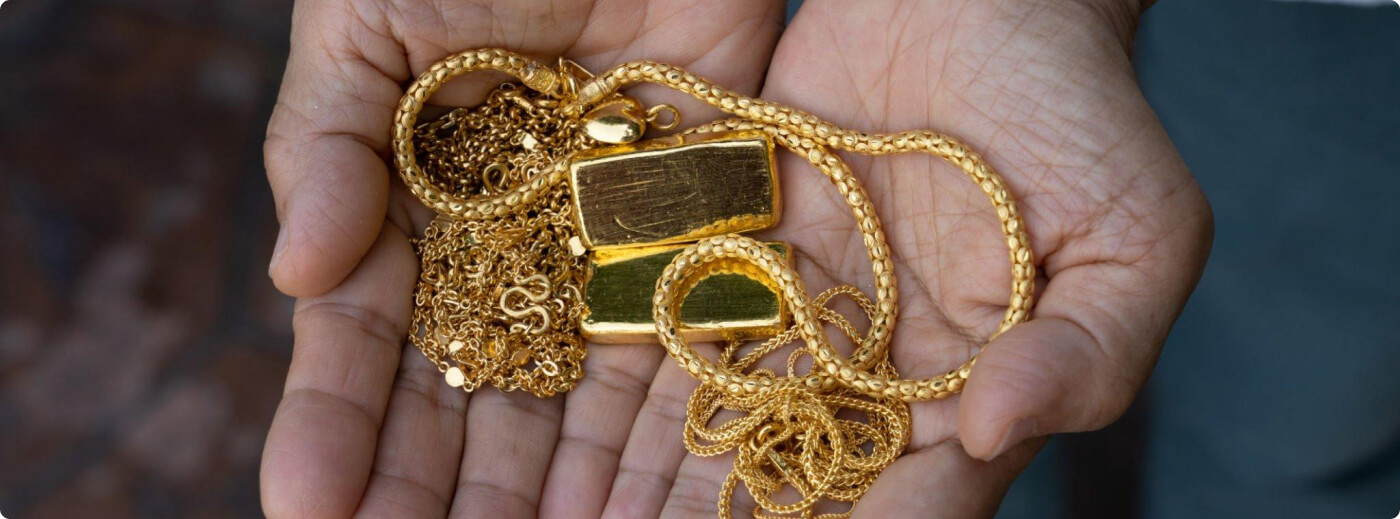Uncovering the Journey of Bullion from Ore Mining to Commerce Distribution
Wiki Article
Gold has been a coveted asset for millions of years, treasured not only for its lustre but also for its usefulness in various sectors. The course of gold begins with mineral procurement, a procedure that involves recovery. Miners explore for gold deposits in the earth, which can be found in different shapes such as nuggets or grains mixed with other minerals. There are several methods of mining, including placer mining and hard rock mining. Placer mining involves recovering gold in streams, while hard rock mining requires digging deep into the ground to remove gold-bearing rocks. Both methods can be work-intensive and require careful strategizing to be successful.
Once the rock is extracted from the ground, it must be treated to recover the gold from other materials. This procedure usually starts with grinding the ore into small pieces, making it easier to process. After breaking, the ore is processed with agents to dissolve the gold. One common technique is using cyanide, which attaches to gold and allows it to be separated from other minerals. This step is essential because it enhances the refinement of the gold and prepares it for further purification. The remaining waste are discarded as tailings, which must be managed properly to avoid environmental damage.
After the gold is divided from the ore, it goes through purification to achieve a higher level of refinement. This step often involves fusing the gold at high temperatures to remove impurities. Various approaches can be used for refining, including electrolytic refining and furnace refining. Electrolysis uses electrical currents to separate impurities from refined gold, while cupellation involves subjecting gold in a refining furnace that oxidizes unwanted elements. The final product is typically three nines gold, find this ready for use in jewelry, electronic devices, and other purposes.

Once refined, gold is investigate this site formed into bullion or rounds before being supplied to exchanges around the world. Gold bullion are commonly used by investment firms as a form of reserve asset or backup asset. Currency are often minted for investors or general use, depending on their style and rarity. Supply chains include bulk sellers and dealers who sell gold products to end users. The value of gold changes based on market demand and supply conditions, affecting how it is sold and traded worldwide.
The entire trajectory of gold from ore extraction to global distribution highlights the detail of this coveted metal’s lifecycle. Each step requires care and technical know-how to ensure that the final product meets regulatory requirements and meets consumer needs. Appreciating this lifecycle not only sheds light on how high-value commodities are procured but also emphasizes the importance of sustainable extraction methods that defend both people and the ecosystem. As the appetite for gold continues around the world, acknowledging this journey ensures that we recognize its worth beyond mere visual appeal, emphasizing its role in our global infrastructure and society.